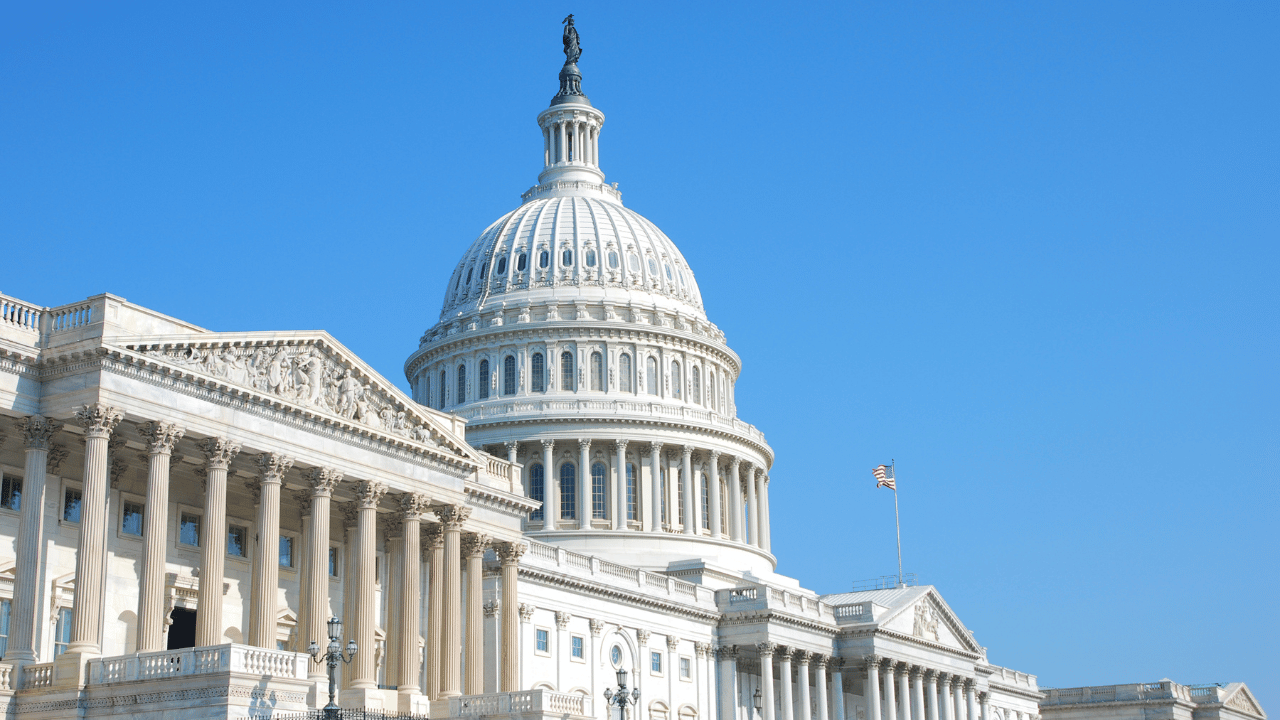In a dramatic development over the past 24 hours, a federal court has blocked former President Donald Trump from imposing sweeping tariffs under emergency powers, shaking up one of the core components of his economic policy. This ruling throws into question the legal authority used to justify broad tariff actions and could have major implications for both trade policy and the markets.
Court Ruling Challenges Trump’s Trade Strategy
The ruling, handed down by the U.S. Court of International Trade, directly challenges the use of emergency powers to implement widespread tariffs. Trump’s administration had relied heavily on tariffs to bring back U.S. manufacturing and address trade imbalances, but critics have long questioned whether the president has the legal authority to impose such wide-reaching measures without congressional approval.
According to the court, the administration’s global and retaliatory tariff actions exceeded any authority granted under the Trade Expansion Act of 1962. While not all tariffs were repealed—for example, the 25% tax on imported cars and auto parts still stands—the ruling represents a significant blow to Trump’s broader economic agenda.
Market Volatility Reflects Uncertainty
Tariff announcements throughout Trump's presidency have consistently caused volatility in the stock market. The S&P 500 and other indices often reacted negatively to new tariff threats, causing investor concern and international tension. This latest legal twist has further complicated the outlook for U.S. trade policy, and while the S&P 500 was up slightly (0.04%) on the day the news broke, markets are watching developments closely.
Refunds and Legal Ramifications
One of the most notable implications of the ruling is the possibility that the U.S. government could be required to refund tariffs already collected. Businesses that paid duties under the now-questioned legal authority may be eligible for reimbursement. This adds another layer of complexity to the situation, with legal experts suggesting the case could escalate to the Supreme Court.
Temporary Stay Keeps Tariffs in Place — For Now
In a late twist, the U.S. Court of Appeals for the Federal Circuit granted a temporary stay that allows the tariffs to remain in effect while the case proceeds through the appeals process. The court set a June 5 deadline for plaintiffs to respond and a June 9 deadline for the administration’s counter-response. Until then, the status quo remains: tariffs stay in place, trade negotiations continue, and companies continue paying duties.
Looking Ahead
The next few weeks will be pivotal. If the ruling stands, it could reshape how future administrations approach tariffs, reaffirming the need for congressional involvement in major trade decisions. On the other hand, if the court ultimately sides with the administration, it could cement the executive branch’s authority to act unilaterally on trade issues.
With June 9 as the next major milestone in the legal timeline, businesses, investors, and international partners will be closely monitoring updates. Whether or not tariffs will be rolled back—and if refunds will be issued—remains uncertain. What is clear is that the outcome of this case could have lasting effects on U.S. trade policy and economic strategy for years to come.
